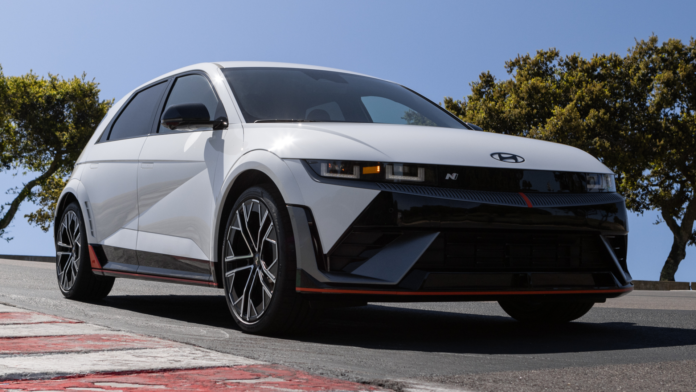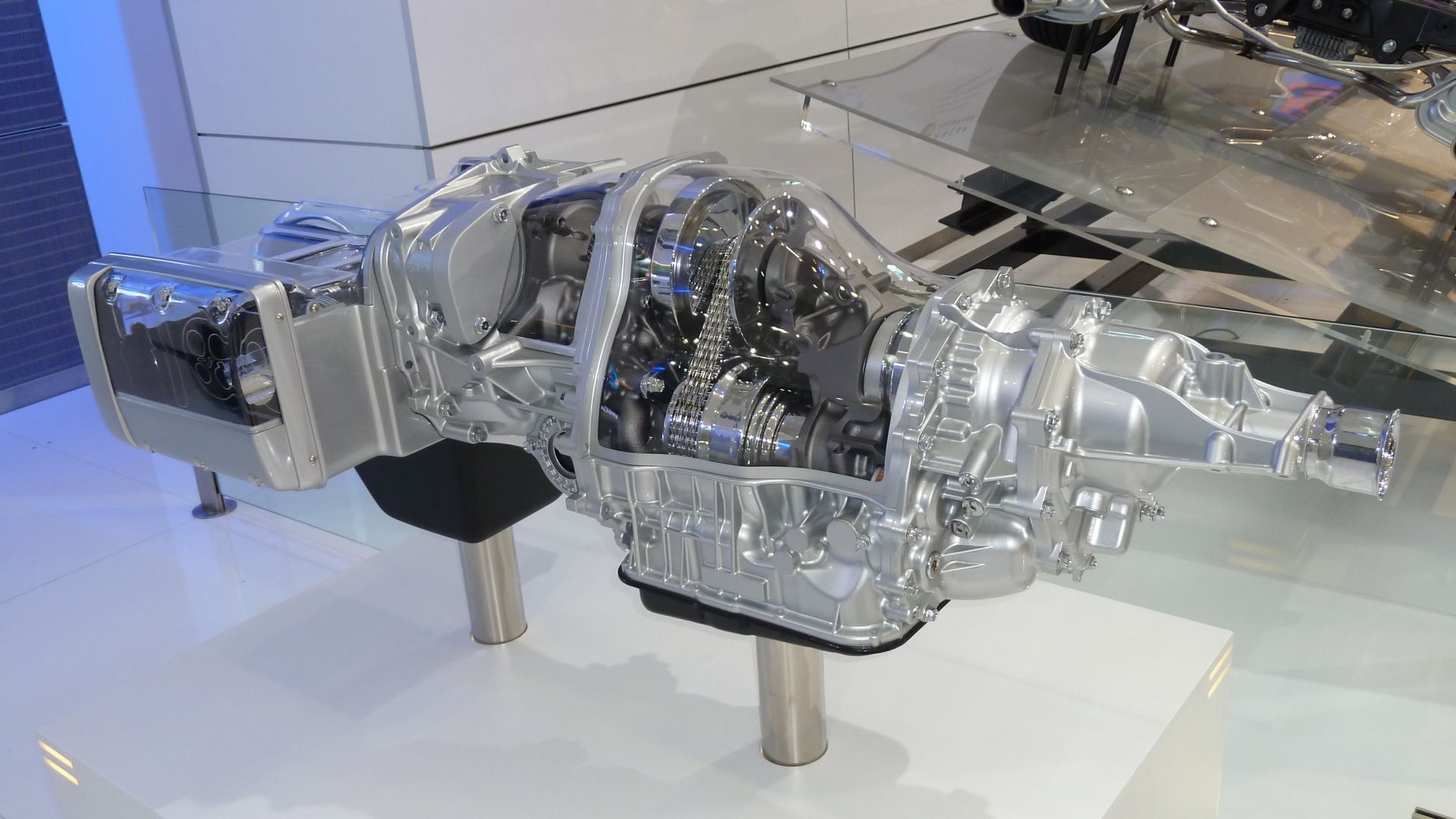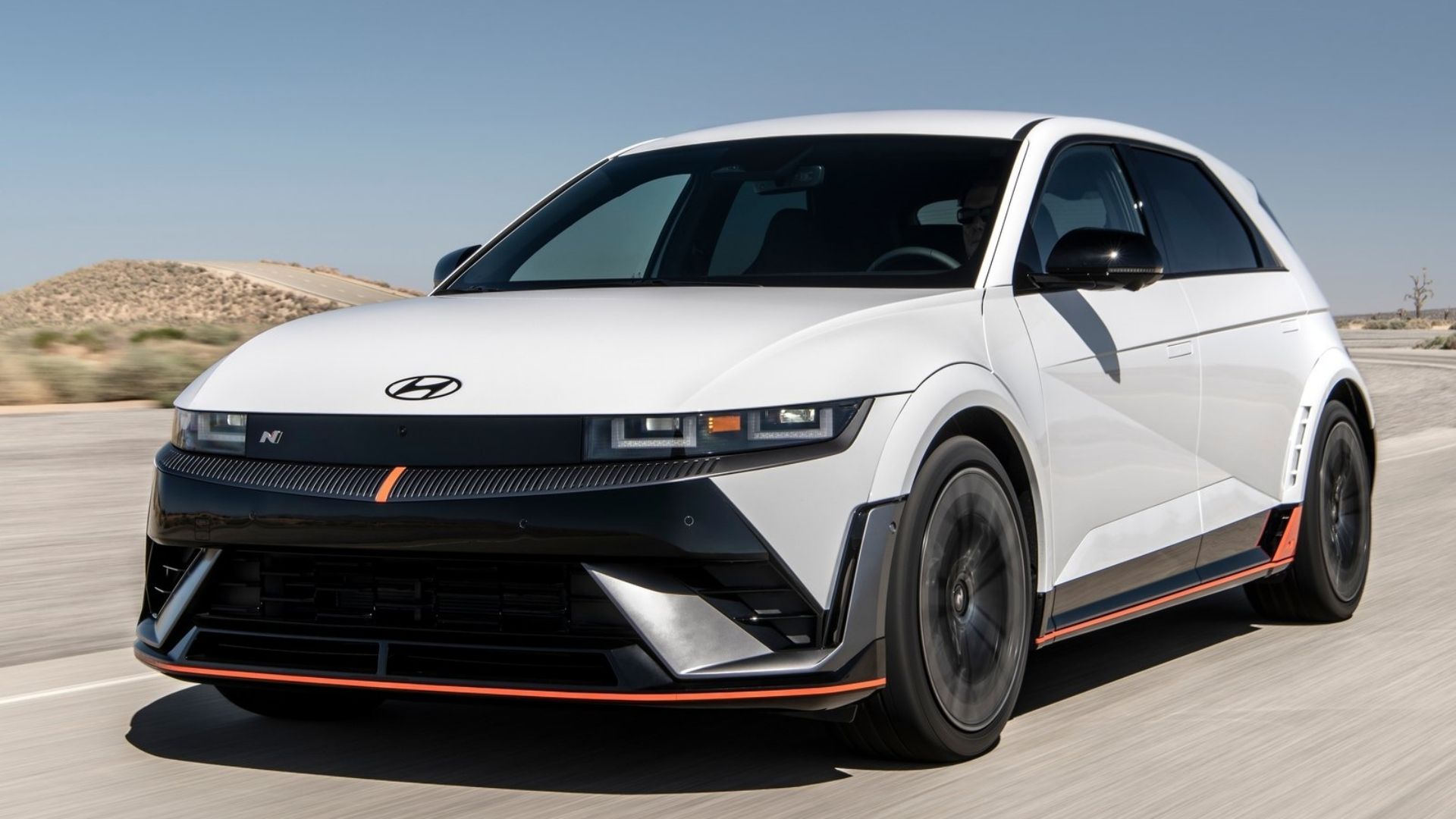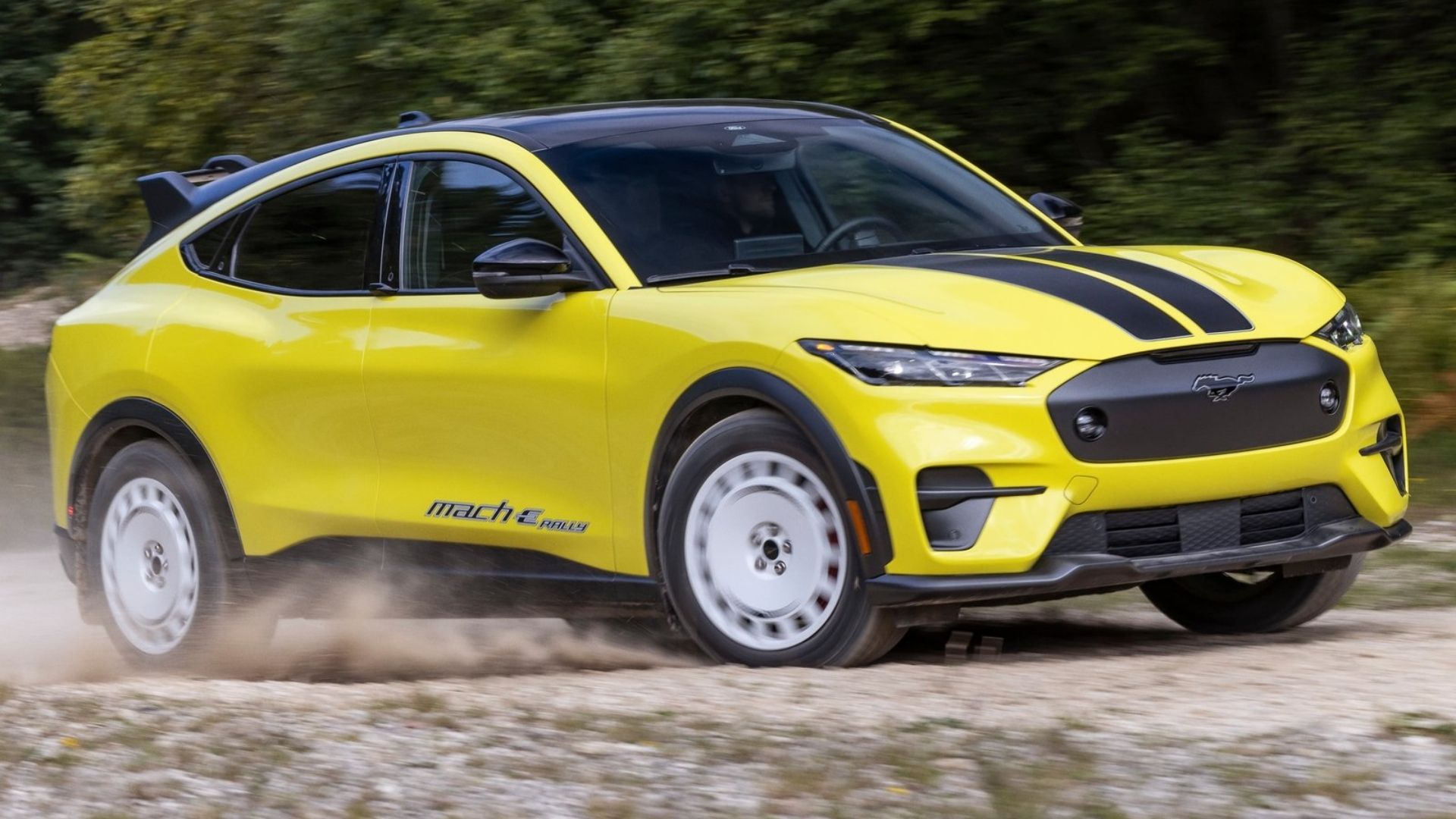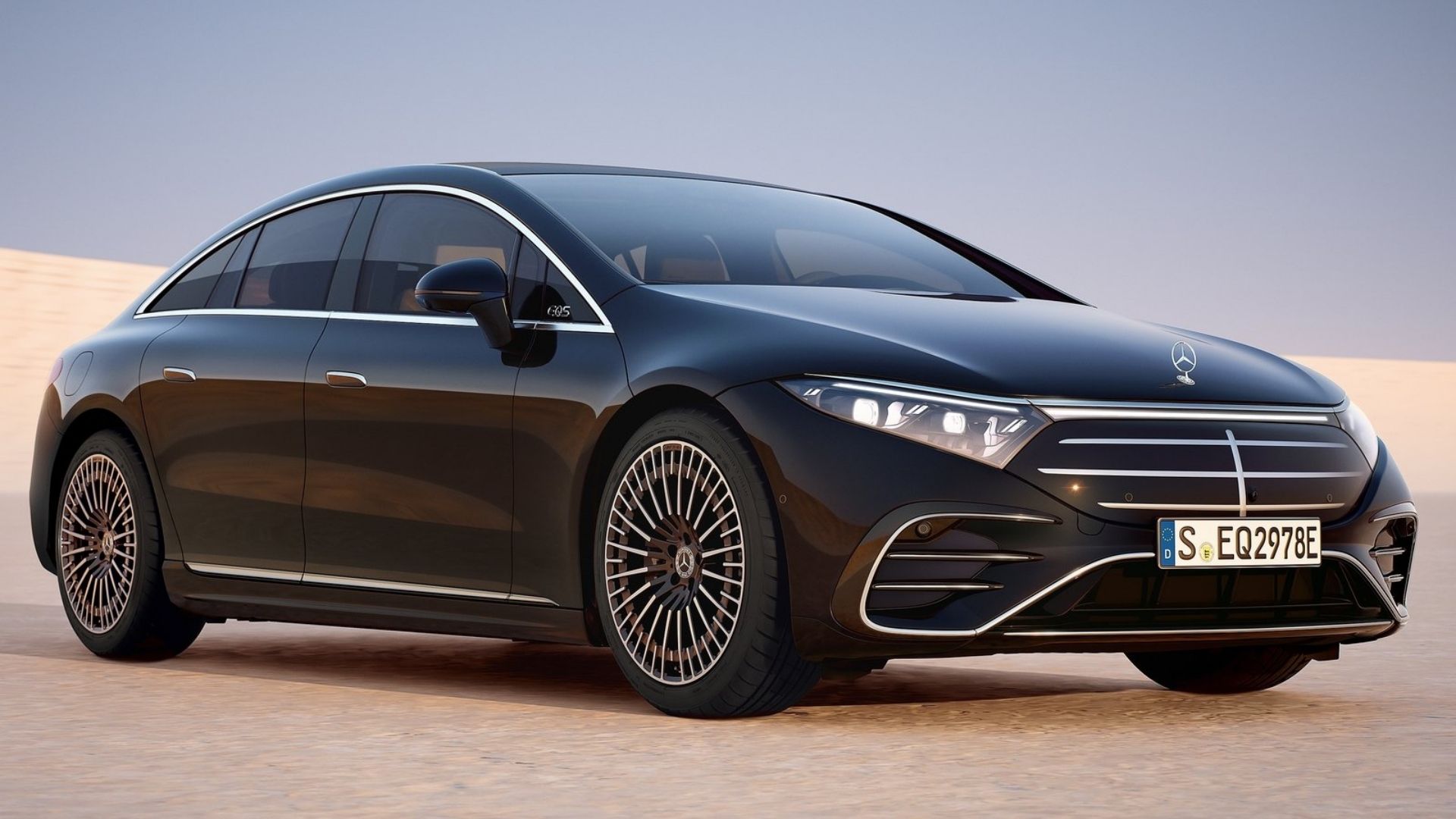Continuously Variable Transmissions (CVTs) are here to stay. While this does not bode well for driving enthusiasts or driving in general, we must make room for the new and adapt. CVTs were also off to a rocky mass-market start and were famously unreliable when Nissan began putting them in some of their models back in the early 2010s.
Related
CarBuzz Guide To Different Types Of Car Transmissions
How they differ, how they work, and which one is the best
Since then, a decade has passed, and more automakers are using them to replace traditional automatic transmissions than ever before. In short, the cost-to-build advantage outweighs the negatives for most manufacturers, so that’s why we see them everywhere now. They don’t shift gears, so it leaves many gearheads with disappointed feelings because you can’t feel the car going through the gears. However, salvation may be found in an unlikely place: electric vehicles.
Below, CarBuzz will examine how EVs could pave the way forward for CVTs and our ability to have fun with them.
More Torque Means More Fun With CVTs
One of the most obvious ways EVs can make CVT use bearable is with torque. Because of the nature of electric power, it’s offered up immediately in a gigantic lump sum, meaning you get every bit of torque the electric motors can offer all at once. As we’ve seen before, CVTs work much better when mated to engines with a high torque output at low RPMs.
Due to electric torque being instant and CVTs not actually shifting gears, you’re getting the absolute maximum amount of power the EV can offer without losing any between shifts like you would in a standard transmission.
2:47
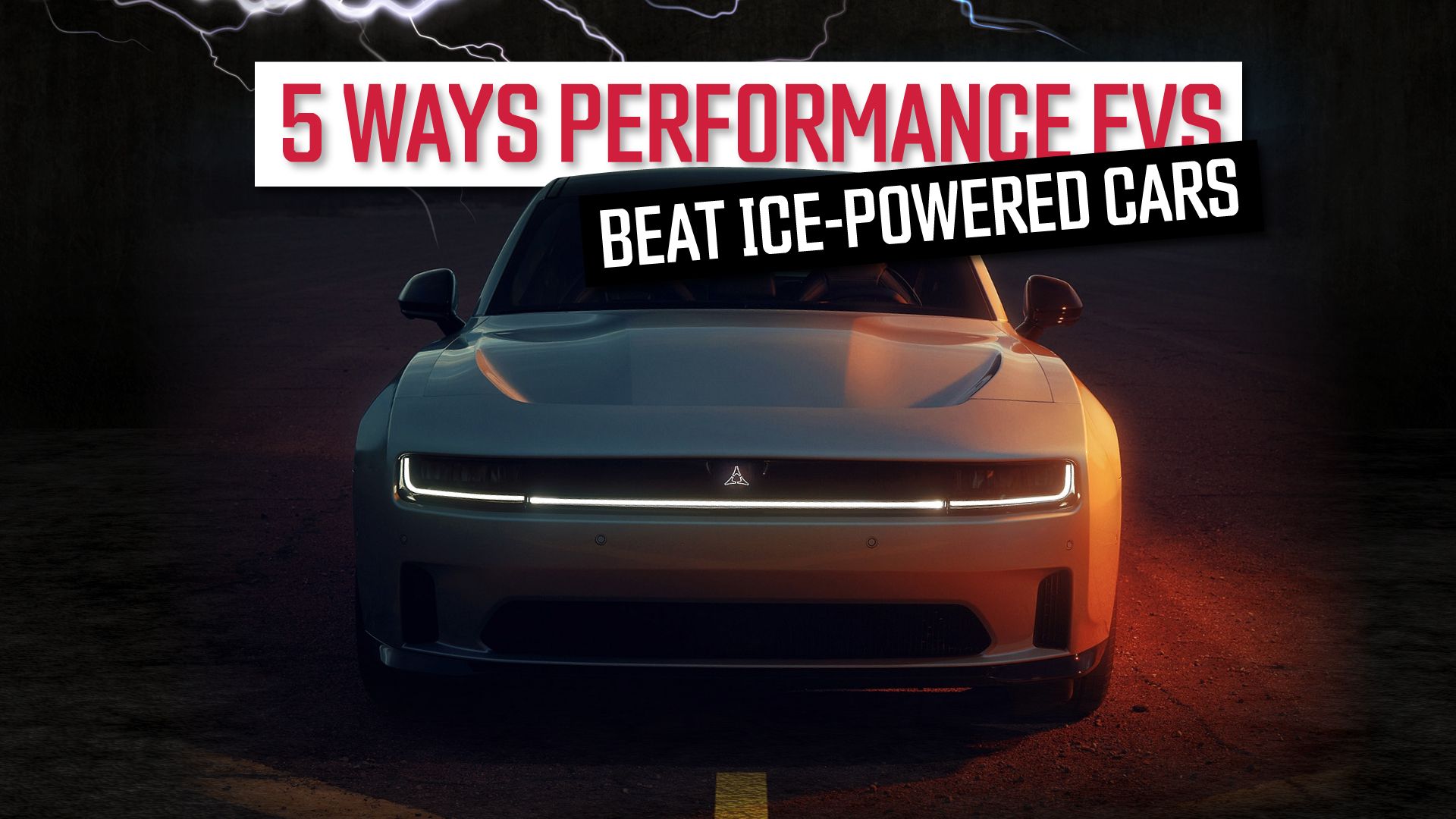
Related
5 Ways Performance EVs Have ICE-Powered Cars Licked
Electric performance cars are simply better than their conventional ICE-powered counterparts in some ways.
Because of this, you’re also never off the power under throttle, which, as drag racers can attest, is a big plus, as one missed shift can be the difference between a win or a loss.
But why would automakers fit electric vehicles with CVTs when the commonly used direct drive system works so well? Very few automakers have put transmissions in electric vehicles. The Porsche Taycan has a two-speed transmission on its rear axle, but only so the car can achieve high speed without the electric motors spinning at massive RPMs and overheating.
You Can Simulate Gear Changes Easily
At first glance, an EV pretending to have a normal transmission sounds like some sort of electronic gimmick you’d leave turned off for the entire time you owned the car. For example, the Hyundai Ioniq 5 N decided to give a simulated “real” transmission a try, and the result was amazing. The 2025 Hyundai Ioniq 5 N is basically equipped with a fake eight-speed dual-clutch gearbox. The driver can choose to engage this feature or leave the car in direct drive mode.
The Ioniq 5 N felt fantastic around the track with this simulated transmission mode, called N e-Shift. Not only does it allow for extremely realistic shifting, but you’re also able to perform engine braking, which is an overlooked but important part of circuit racing. It helps drivers brake for turns harder and without taxing the actual brakes as much. Other aspects of the N e-Shift are simulated redlining and almost no power when you try to pull away at a higher gear. Hyundai’s N department really thought of everything.
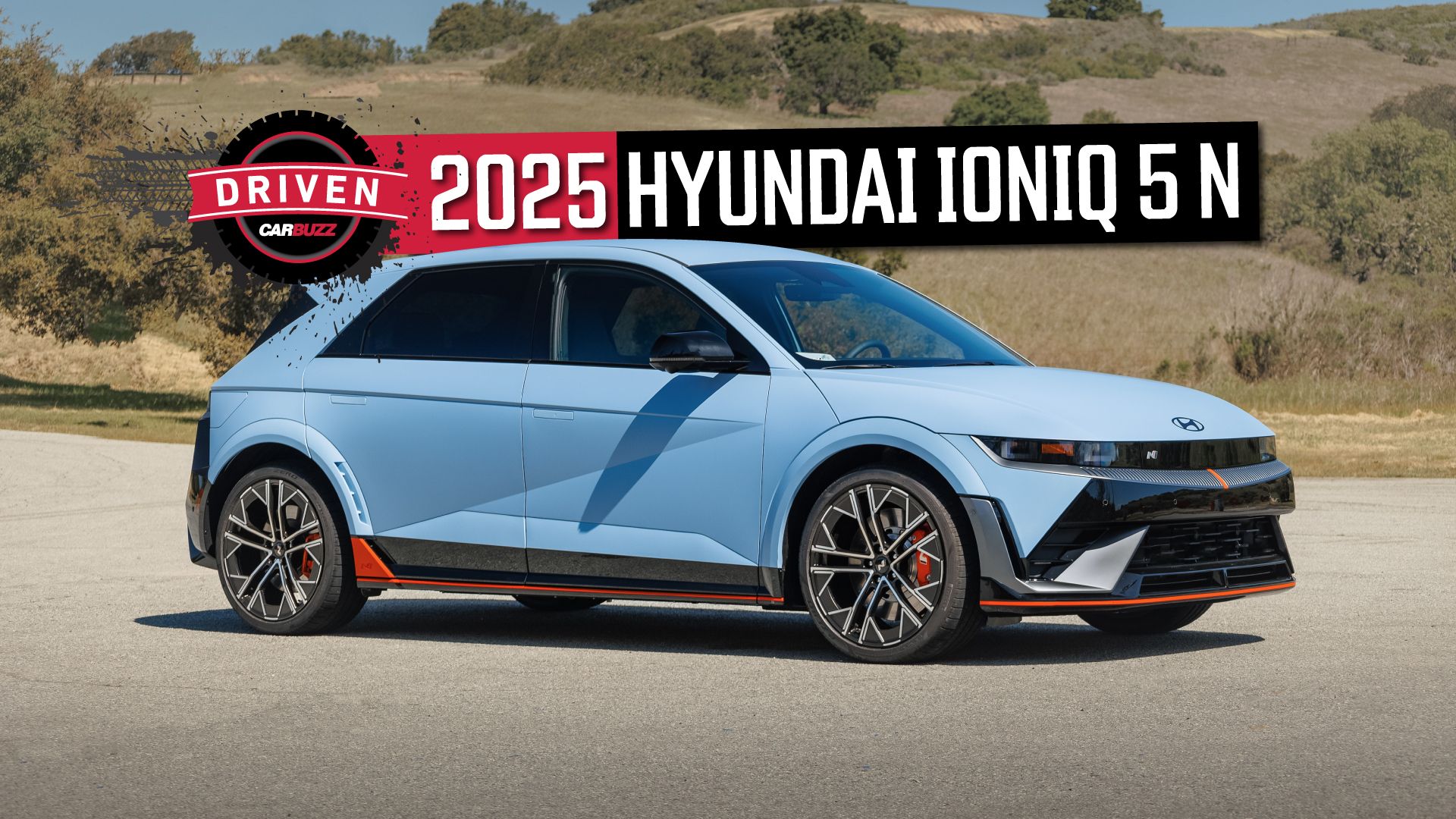
Related
2025 Hyundai Ioniq 5 N First Drive Review: Setting The Bar For Electric Performance
Taking on Laguna Seca Raceway in an electric crossover? Hell yeah.
While the Ioniq 5 N doesn’t actually have a gearbox, other automakers should take note. As we’ve seen before, automakers gave CVTs artificial steps to make them feel more like traditional automatic gearboxes. A CVT doesn’t have set gear ratios but uses software to make it feel like it does remove the horrendous drone and the feeling that the clutch is slipping. This technology already exists, so it would be easy to implement and perhaps fine-tune until it operates, as well as the fake dual-clutch transmission in the Ioniq 5 N.
The Potential Off-Road Benefits
Anyone who’s done some serious off-roading knows the importance of a low-range gearbox. Basically, low range is a reduction gear range to multiply torque to the wheel. This makes it easier to feather the throttle and crawl your way out of sticky situations on the trail or in deep snow. It’s also helpful if you want to use engine braking when going down an obstacle, though most modern off-roaders are equipped with hill decent control, which basically does all the work for you. Currently, no EV is equipped with a low-range transfer case, but Stellantis is working on something similar.
A CVT would help tremendously when it comes to off-roading. Because EVs currently only use single-speed or two-speed direct-drive gearboxes, their gearing is fixed. Fixed gearing while off-road leads to potentially catastrophic wheelspin, digging you deeper into wherever you’re stuck. In this case, the CVT wouldn’t be used to multiply the torque but rather to reign it in a bit. If you unleash all of the Chevrolet Silverado EV’s 615 lb-ft in an instant while rock crawling, you’re going to have a bad time.
Another useful function of low range is short-term towing. Because you can achieve higher power at slower speeds, low range makes it easier to pull your off-roading companion out of the hole they’ve managed to stick their vehicle into.
CVTs Could Increase EV “Fuel” Economy
One of the largest arguments against the widespread adoption of EVs is their lack of driving range compared to traditional ICE-powered vehicles. While this is a valid argument at present, a CVT could help EVs gain some range without having to reinvent the wheel.
As we mentioned earlier, EVs currently utilize either single-speed or two-speed direct-drive gearboxes. These simple units lack the ability to change gear ratios like a CVT. CVT actually stands for continuously variable transmission, meaning the gear ratios are constantly being altered to match the vehicle’s speed.
This means EVs driving on the highway could especially benefit because lowering the gear ratio would effectively remove some of the strain applied to the electric motors and, in turn, the batteries, and reduce battery range loss.
Conclusion: CVTs Could Help EVs
We’ve come a long way from that terrible first batch of CVTs. Automakers have made major improvements to these gearboxes, and they have become the default box of choice, especially in the entry-level market. Still, since automakers found out that CVTs perform well with a high torque output, we’ve even seen sports and performance cars equipped with this highly contentious gearbox.
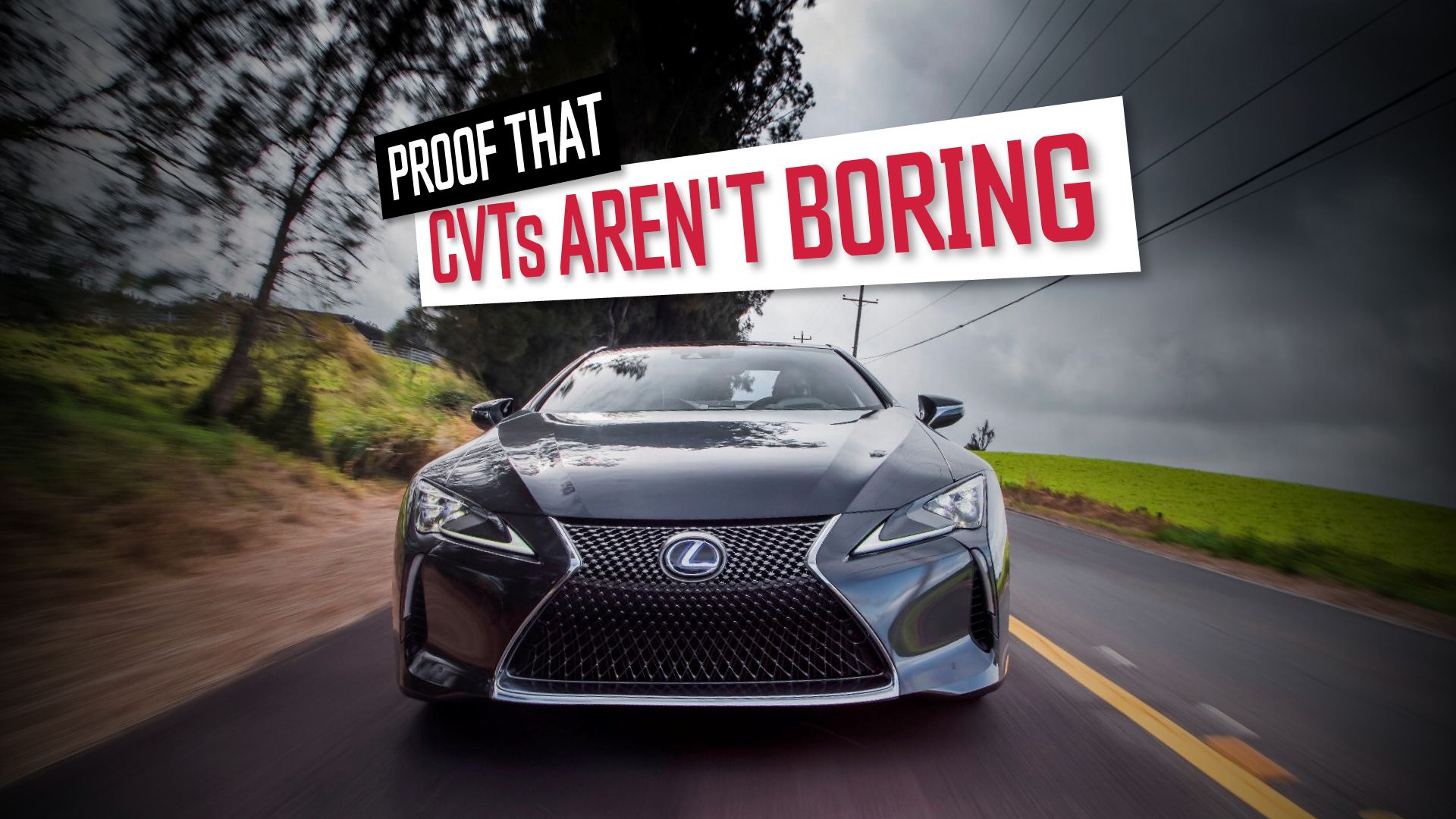
Related
Fastest CVT-Equipped Cars You Can Buy In America
Enthusiasts aren’t fond of CVTs, but wait until they see the cars on this list.
On the flip side, we know EVs are software-based cars. All the applications we highlighted above can just as easily be achieved by using a few lines of coding. You can restrict the torque output in an off-road mode, and Hyundai did a perfectly fine job of emulating a gearbox without having an actual gearbox. Increasing efficiency would need a hardware change, however, and that’s where CVTs can make a big difference. Running at freeway speeds with the electric motors not spinning as rapidly would have a big impact on range, but we’ll have to wait and see how the technology evolves.

